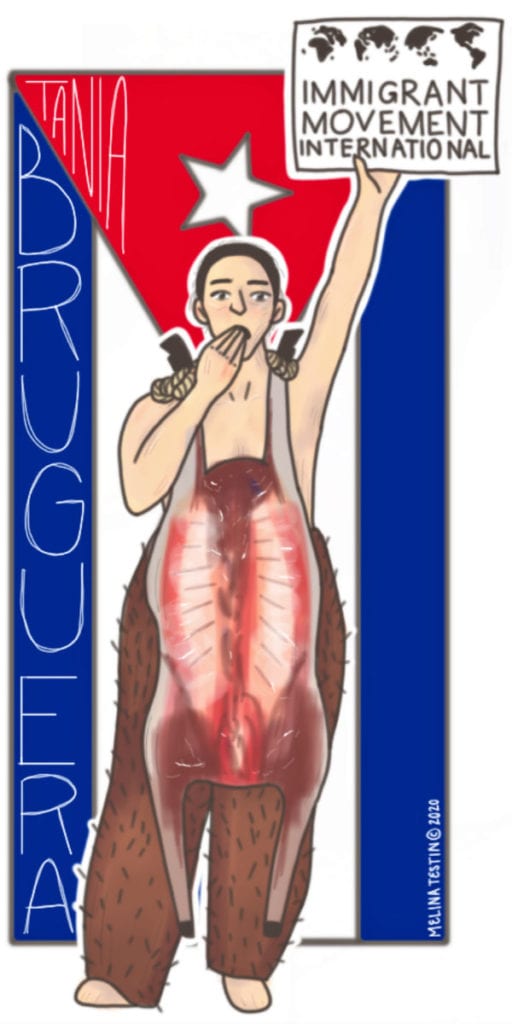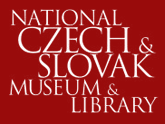Written and illustrated by NCSML intern Melina Testin
“Art is useful. Through art we can start building a world that works differently.” -Tania Bruguera
Tania Bruguera is a Cuban performance artist, born in Havana in 1968. Bruguera studied at Escuela de Arte San Alejandro and Instituto Superior de Arte in Havana, and the School of the Art Institute in Chicago. In 2015, she founded her own art school, Instituto de Artivisimo Hannah Arendt (INSTAR), to inspire Cuban activists and international artists to collaborate on what she calls “artivism.”
 Bruguera has been revolutionizing artivism for years. From 1997-99, Bruguera performed El Peso de la Culpa (The Burden of Guilt). She dressed in the carcass of a lamb, and consumed soil and salt water as a tribute to indigenous persons who chose comer tierra, or to eat dirt, to resist enslavement by Spanish conquistadors centuries ago.
Bruguera has been revolutionizing artivism for years. From 1997-99, Bruguera performed El Peso de la Culpa (The Burden of Guilt). She dressed in the carcass of a lamb, and consumed soil and salt water as a tribute to indigenous persons who chose comer tierra, or to eat dirt, to resist enslavement by Spanish conquistadors centuries ago.
A second work inspired by Cuban heritage was Bruguera’s 1998-99 performance Destierro (Displacement). Bruguera dressed as folk deity Nkisi Nkonde in a suit made of mud and nails. Traditionally, Nkisi Nkonde granted wishes in exchange for promised worship. If wishers did not keep their promises, Nkisi Nkonde would hunt them down for punishment. In Destierro, Bruguera walked the streets of Havana “hunting” those who had forgotten their Cuban heritage.
In 2010, Bruguera began the multi-faceted project Immigrant Movement International. Bruguera lived with an immigrant family for a year to experience the world through their perspective. Immigrant Movement International was involved with marches and protests, and presented an exhibit called Surplus Value. To enter the exhibit, visitors went through a mock immigration process, randomly being separated, questioned, and admitted.
Bruguera’s most notorious work, and the piece that will be shown at the NCSML, is Tatlin’s Whisper #6 – Havana Version. Tatlin’s Whisper was a participatory free speech performance during the 2009 Havana Biennial Art Exhibition.
Bruguera tries to make her work as participatory as possible. Participatory artwork creates not only memories of what can be seen and heard, but allows artwork to be felt and lived by all.

